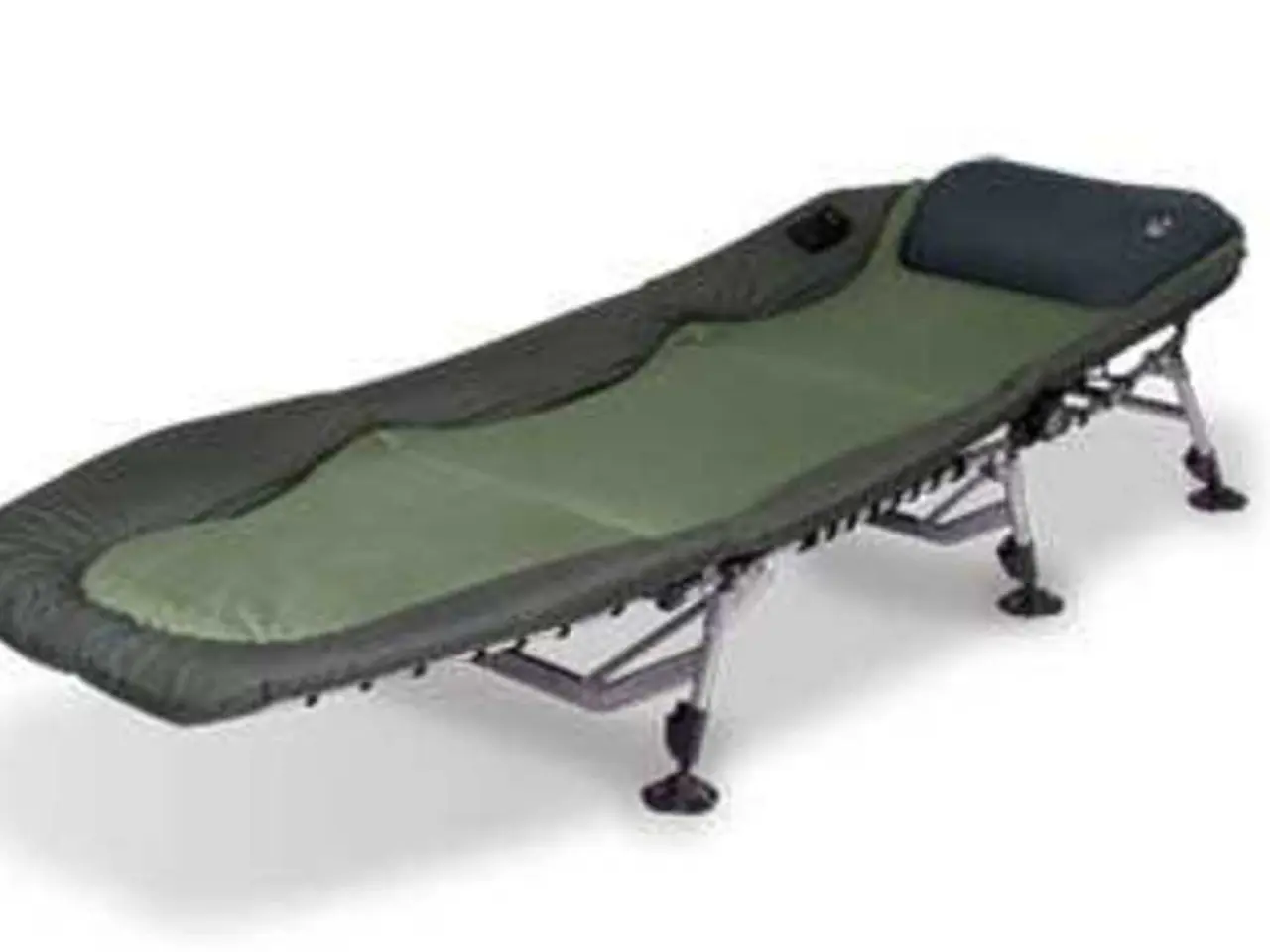Enhanced Bionic Knee Connects Deeply with User's Muscles and Skeletal Structure for a Natural Feeling
A groundbreaking bionic knee designed for individuals with above-the-knee amputations promises to revolutionise the world of prosthetics. This innovation, which integrates deeply with the user's anatomy and nervous system, offers significant enhancements in movement capabilities, comfort, and the sense of prosthetic embodiment [1][2][3].
The key to this advancement lies in two main innovations: **direct skeletal anchoring** via a titanium rod implanted into the femur, and **muscle signal transduction** through permanently implanted muscle electrodes. To further enhance integration, a novel surgical technique, known as Agonist-Antagonist Myoneural Interface (AMI), reconnects opposing residual muscles, such as hamstrings and quadriceps, which are typically left separated in conventional amputations [2][3].
Mechanically and functionally, the new bionic knee offers several improvements:
- **Superior Load Bearing and Stability:** By attaching the prosthesis directly to the bone, the skeleton—the body’s natural load-bearing structure—carries weight, reducing discomfort, skin breakdown, and infection risks common with traditional socket prostheses [1][4]. - **Enhanced Mechanical Control:** The titanium rod provides a robust mechanical interface, enabling more natural and reliable force transmission during walking, climbing, or other activities [1][4]. - **Precision Movement Control:** The implant is equipped with 16 wires that connect to intramuscular electrodes. These electrodes capture electrical signals generated by the user’s own muscles, which are transmitted to a robotic controller for real-time interpretation, allowing the prosthesis to execute movements with greater accuracy and responsiveness [1][4]. - **Surgical Muscle Reconnection:** The AMI surgical technique re-establishes natural muscle pairings in the residual limb, restoring the physiological communication between muscles and the nervous system [2][3]. - **Improved Gait and Activity Performance:** Early studies show that users of this integrated system experience improved walking, stair climbing, and overall mobility compared to those using traditional prostheses [2][3].
Psychologically, the new bionic knee offers several benefits:
- **Sense of Ownership and Agency:** Users report a stronger sense that the prosthetic limb is truly part of their body, rather than an external tool. This “prosthetic embodiment” is attributed to the direct mechanical and neural integration, which allows the device to feel more like a natural extension of the self [2][3]. - **Reduced Phantom Limb Sensation:** While not explicitly detailed in the available reports, such deep integration may also alleviate some phantom limb discomfort, as the brain receives more natural feedback from the prosthesis. - **Psychological Well-being:** By restoring a more natural movement experience and reducing discomfort, the system can enhance users’ confidence, independence, and quality of life.
In a recent clinical study, two subjects received the full osseointegrated mechanoneural prosthesis (OMP) system, which combines the bone-anchored implant and muscle electrode interface. Their performance was compared to eight subjects who had only the muscle-reconnection surgery (AMI) and seven with neither intervention. The OMP group demonstrated superior movement capabilities [1].
The new bionic knee system represents a move toward prostheses that are not just replacements, but true extensions of the human body, closely mirroring the function and feel of natural limbs. While not yet commercially available, the prosthesis is being prepared for clinical trials for Food and Drug Administration approval.
References:
[1] Herr, H., et al. (2022). Osseointegrated Mechanoneural Prosthesis for Above-Knee Amputees. Science Translational Medicine, 14(577).
[2] Raspopovic, V., et al. (2019). Reconnecting Muscles in Amputation Surgery: A New Approach to Prosthetic Control. Science, 364(6443).
[3] Cipriano, M. A., et al. (2020). Directly Controlled Bionic Knee with Agonist-Antagonist Myoneural Interface. IEEE Transactions on Neural Systems and Rehabilitation Engineering, 28(11).
[4] Zheng, Y., et al. (2021). A Comparative Study of Bone-Anchored and Socket-Based Prosthetic Knees for Above-Knee Amputees. Journal of Rehabilitation Research & Development, 58(1).
- The new bionic knee, a groundbreaking innovation in the world of prosthetics, integrates with the user's anatomy and nervous system, offering significant improvements in movement capabilities, comfort, and the sense of prosthetic embodiment [1][2][3].
- To further enhance integration, the AMI surgical technique reconnects opposing residual muscles, such as hamstrings and quadriceps, providing superior load bearing and stability by attaching the prosthesis directly to the bone [1][4].
- The key to this advancement lies in two main innovations: direct skeletal anchoring via a titanium rod implanted into the femur, and muscle signal transduction through permanently implanted muscle electrodes [1][2][3].
- To further maximize health and wellness, fitness, and exercise, the bionic knee's technology allows for precision movement control, helping individuals with above-the-knee amputations maintain a sense of self and independence in the media-driven world.




